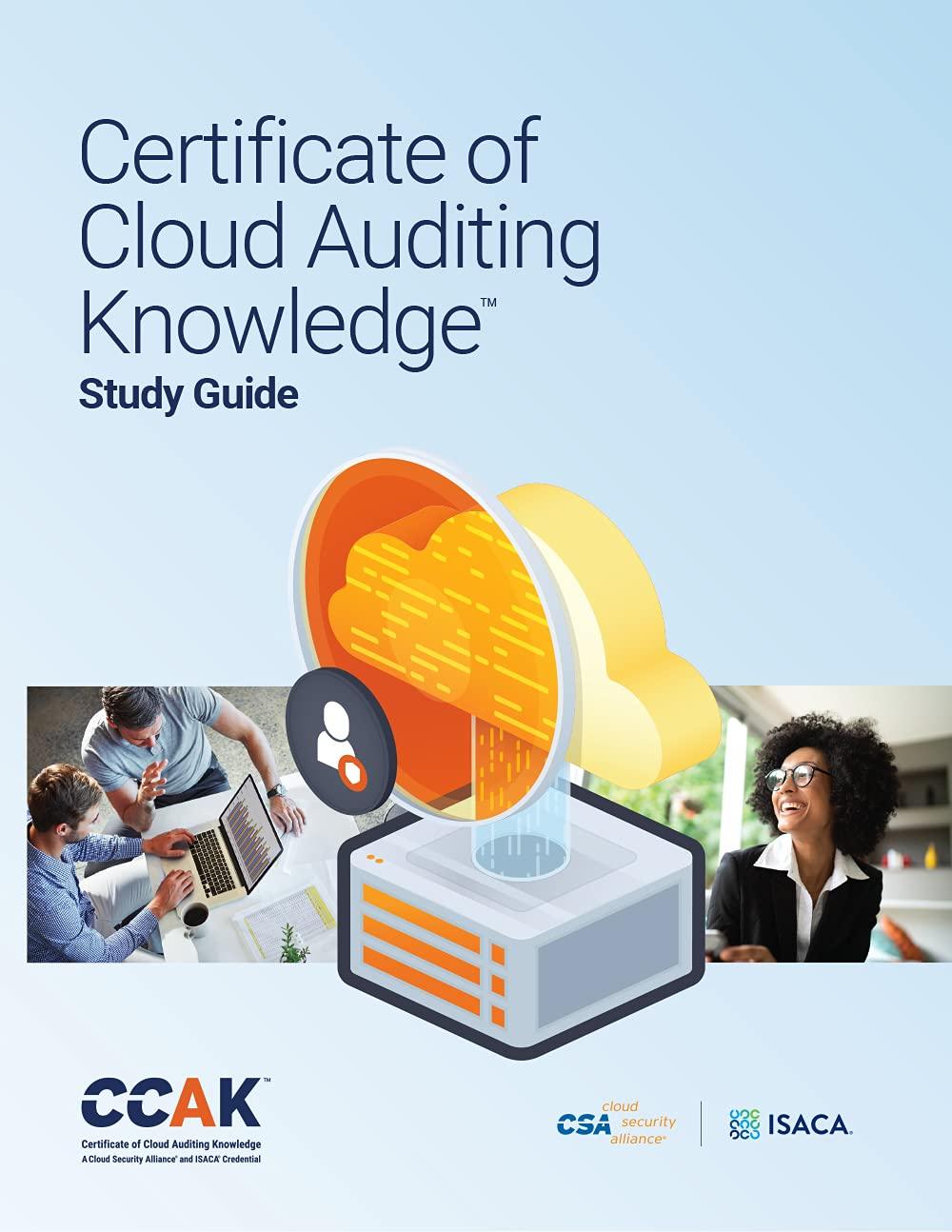Question
Warnerwoods Company uses a perpetual inventory system. It entered into the following purchases and sales transactions for March. Date Activities Units Acquired at Cost Units
Warnerwoods Company uses a perpetual inventory system. It entered into the following purchases and sales transactions for March.
| Date | Activities | Units Acquired at Cost | Units Sold at Retail | |||||||||
| Mar. | 1 | Beginning inventory | 220 | units | @ $53.40 per unit | |||||||
| Mar. | 5 | Purchase | 285 | units | @ $58.40 per unit | |||||||
| Mar. | 9 | Sales | 380 | units | @ $88.40 per unit | |||||||
| Mar. | 18 | Purchase | 145 | units | @ $63.40 per unit | |||||||
| Mar. | 25 | Purchase | 270 | units | @ $65.40 per unit | |||||||
| Mar. | 29 | Sales | 250 | units | @ $98.40 per unit | |||||||
| Totals | 920 | units | 630 | units | ||||||||
3. Compute the cost assigned to ending inventory using (a) FIFO, (b) LIFO, (c) weighted average, and (d) specific identification. For specific identification, the March 9 sale consisted of 125 units from beginning inventory and 255 units from the March 5 purchase; the March 29 sale consisted of 105 units from the March 18 purchase and 145 units from the March 25 purchase.
Compute the cost assigned to ending inventory using LIFO.
| ||||||||||||||||||||||||||||||||||||||||||||||||||||||||||||||||||||||||||||||||||||||||||||||||||||||||||||||||||||||||||||||||||||||||||||||||||||||||||||||||||||||||||||||||||||||||||||||||||||||||||||||||||||||||||||||||||||||||||||||||||||||||||||||||||||||||||||||||||||||||||||||||||||||||||||||||||||||||||||||||||||||||||||||||||||||||||||||||||||||||||||||||||||||||||||||||||||||||||||||||||||||||||||||||||||
Step by Step Solution
There are 3 Steps involved in it
Step: 1

Get Instant Access to Expert-Tailored Solutions
See step-by-step solutions with expert insights and AI powered tools for academic success
Step: 2

Step: 3

Ace Your Homework with AI
Get the answers you need in no time with our AI-driven, step-by-step assistance
Get Started


